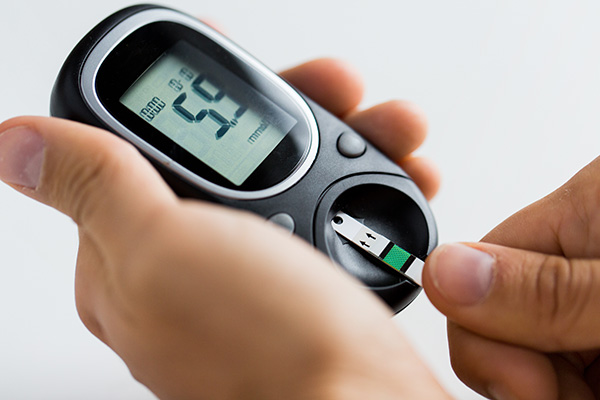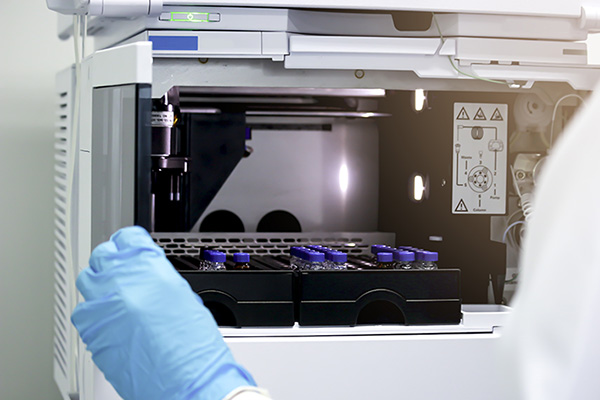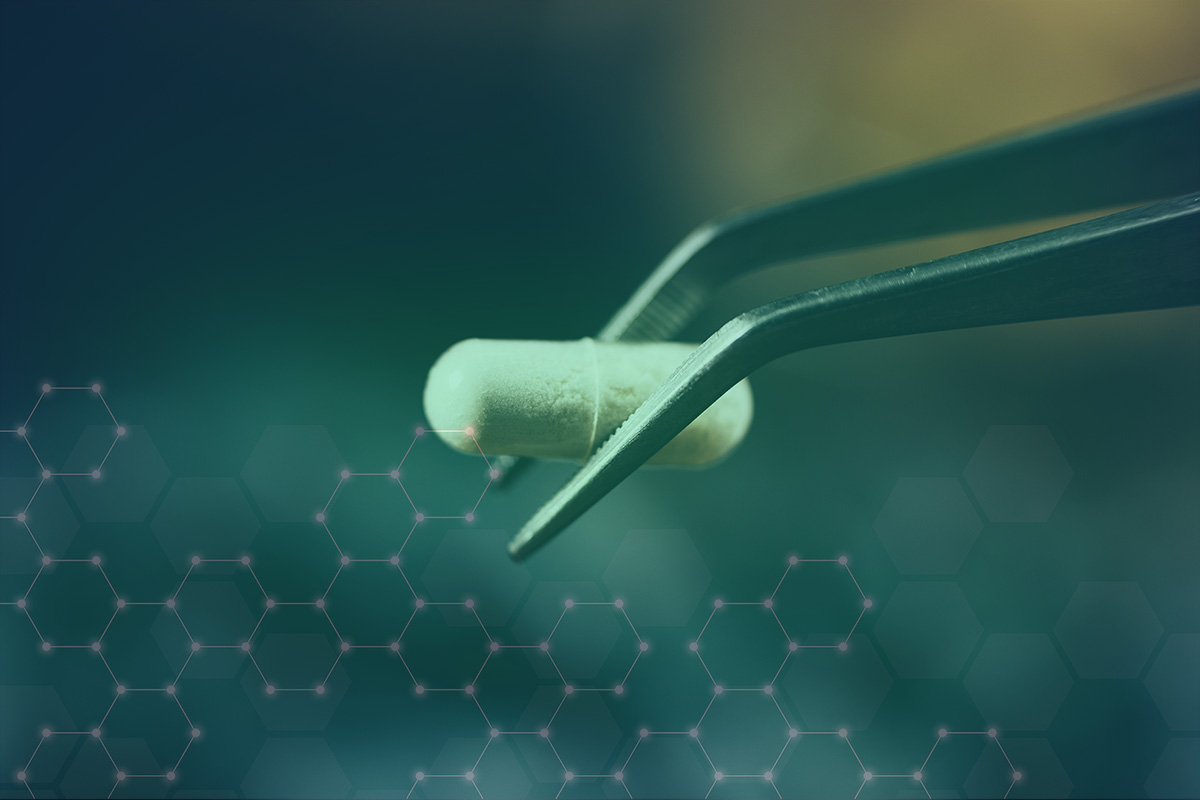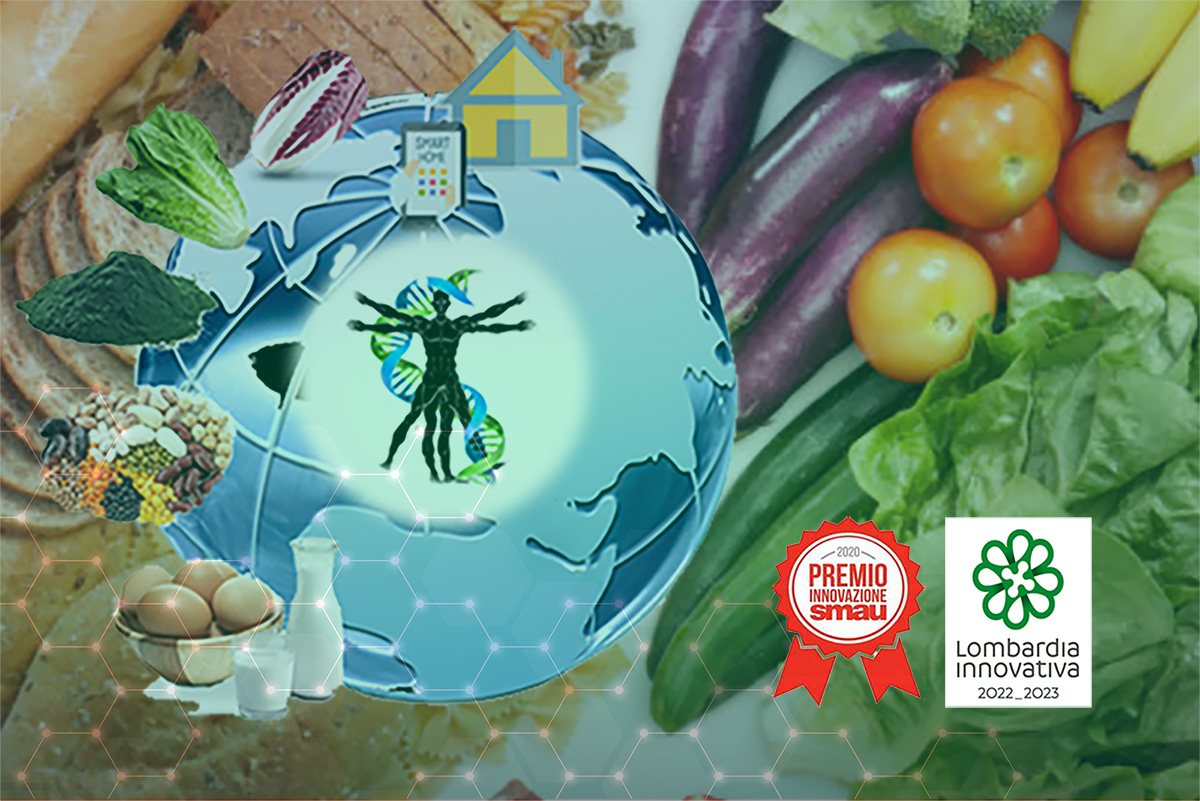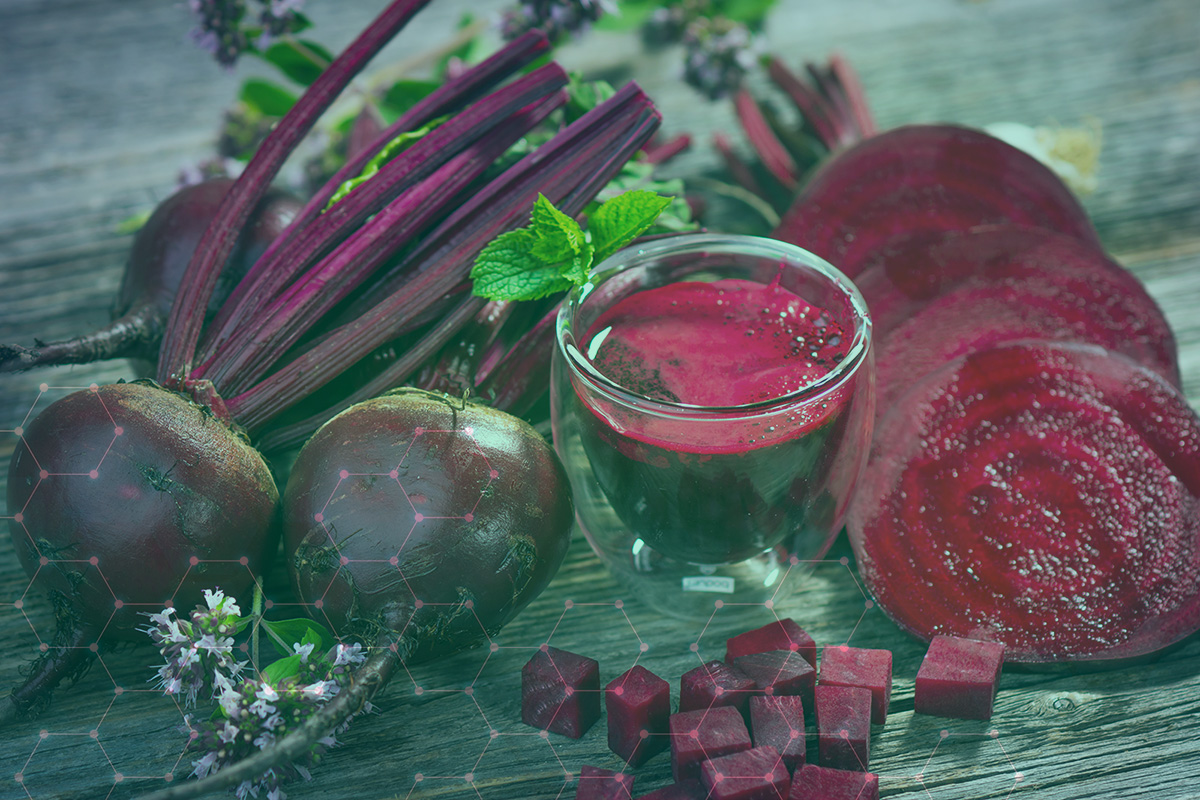PRIME: Functional ingredients from vegetable matrices obtained from purple corn processing waste with a beneficial effect on carbohydrate and lipid metabolism
Numerous studies in the literature have shown that the intake of anthocyanins with the diet helps to reduce blood sugar and improve insulin sensitivity in various obese mouse models. On the basis of these premises, the possible activity of the pigmented corn, MORADYN variety, extract in support of glucose and lipid metabolism was investigated, through the analysis of the expression of markers involved in glucose metabolism and of the gene expression profile of pro-inflammatory markers.
Several epidemiological and preclinical studies have shown that regular consumption of anthocyanin-rich foods is associated with a reduced risk of chronic diseases, such as cardiovascular disease, cancer and obesity.
PIGMENTED CORN CO-PRODUCT EXTRACT INHIBITS FORMATION OF ADVANCED GLYCATION

Extract, from MORADYN variety pigmented corncob, composition has demonstrated to inhibit the formation of adducts deriving from the advanced glycation reaction.
The problem linked to the phenomenon of advanced glycation has so far been left in the background, debated only by few specialized researchers. In reality, the formation of advanced glycation products at an endogenous level is a physiological phenomenon, linked to aging, and accentuated by conditions of oxidative stress, hypoxia and, above all, hyperglycemia. This reaction involves the sugars present at the cellular and serum levels and the proteins present in this environment which, being attacked at the level of their amino acid residues, undergo both structural and functional degeneration. All this results in cellular and organ degeneration. In particular, it is a common phenomenon at the level of the vascular endothelium of diabetic patients, in which there is a progressive degeneration of the circulatory system. There are few products on the market designed to inhibit this type of degeneration, therefore the identification of a product active in this sense could be absolutely innovative.
Advanced Glycation End Products, AGEs, are formed physiologically in our body, which is why it is advisable to pay close attention to exogenous sources, i.e. those introduced with cigarette smoke and food. AGEs are a large class of molecules formed through a biochemical process called "glycation", a reaction between a sugar (glucose, fructose, galactose) and proteins or some types of fats.
Therefore, given the considerable potential of the MORADYN extract, it was decided to conduct experiments of considerable importance aimed to the evaluation of the anti-glycation efficacy by developing six different types of chemical analyses.
The glycation reaction, which leads to the formation of "advanced glycation" products (AGEs) starting from endogenous sugars and proteins, is a complex phenomenon which can be divided into three main phases: initial, intermediate and final. The developed assays allow to monitor the formation of the intermediate adducts (Fructosamine and MGO) and of the final products (AGE) of the reaction, both in the presence and in the absence of the extract, thus evaluating to what extent and how the phytocomplex contained in the product inhibits the formation of these degenerated adducts.
The first test was the development of a systems which provided for the co-incubation at 37°C of the product under study and a target protein, bovine albumin (BSA), in the presence of a high concentration of sugars (BSA-RIBOSE system, BSA-GLUCOSE, BSA-FRUCTOSE). Within these systems the sugar and the co-incubated proteins reacted, leading to the formation of AGEs whose concentration was quantified by the use of a spectrofluorimeter.
Monitoring the percentage of AGEs formed in the presence/absence of the sample of MORADYN extract, it emerged that the sample is effectively able to inhibit the formation of adducts deriving from protein glycation: in particular by monitoring the phenomenon over a variable period of time (studied on the basis of the reaction of various sugars), it is observed that at the maximum concentration tested (1mg/ml) there is a constant inhibition, greater than 95%, for the whole period tested.
SIGNIFICANT
HYPOGLYCAEMIC ACTIVITY
HYPOGLYCAEMIC ACTIVITY
The results obtained in several tests showed that the extract acts actively by blocking the formation of AGEs especially in the first phase, counteracting the interaction between sugar and protein.
It can be assumed that Moradyn extract, at the level of simplified enzymatic/chemical systems, has a superimposable action and, above all, that it has a significant hypoglycaemic and anti-glycant effect; evidence that encouraged to continue the work by evaluating the cytoprotective and lipolytic action by making use of cell cultures prepared according to what is reported in the literature.
In order to evaluate the cytoprotective action of the extract, the experiment envisaged the use of HUVEC-type cells, derived from human umbilical vein endothelium, subjected to high levels of glucose (150 mM) for 48 hours, (condition obtained by adding sugar to the circulating culture medium).
Each experiment was performed three times, each of which in triplicate (n=12) using the extract at a concentration of 0.5 mg/ml.
PHYTOCOMPLEX
PROFILE EVALUATION
PROFILE EVALUATION
The research activity continued by characterizing the formulated extract from a qualitative point of view. This was conducted by chromatographic analysis coupled to mass spectrometry (RP-HPLC-DAD-ESI/MSn) attributing the identity to the compounds by comparison with literature data and, where possible by availability of the commercial standard and by comparing the patterns of fragmentations obtained under the same operating conditions applied for the analysis of F. It was first necessary to optimize the chromatographic separation for which a binary mixture was used as the mobile phase, consisting of 0.1% formic acid and methanol and gradient elution. The chromatographic profiles were recorded at 280, 325, 380 and 520 nm as these are the maximum absorption wavelengths of the different classes of polyphenols
The resulting profile is characterized by the presence of numerous compounds and has the typical complexity of a phytocomplex. Among the active compounds detected the most representative are the following: Cyanidin-3-O-glucoside, Pelargonidyn-3-O-glucoside, Peonidyn-3-O-glucoside, Quercitin-7-O-coumarolylglucoside, Quercitin-7-Oglucoside, Isorhamnetin-7-O-rutinoside, Isorhamnetin-7-O-glucoside, Kaempferol-7-Orutinoside.

2017-2018


